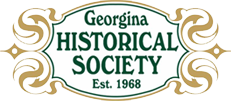Click to Download the PDF
Download the Word Doc
President’s Message
Another year has gone by, and the older we get the faster they go and we are entering 2025 with optimism for the new year.
It was fifty years ago that the first buildings started to arrive at the grounds of the Georgina Civic Centre under the guidance of the Georgina Historical Society, formerly the Lake Simcoe South Shore Historical Society. The dedication of those early society members is staggering, and we are honoured to count several of them among our members today. The Georgina Pioneer Village now counts 15 buildings in its inventory, a collection to be proud of. The GHS turned the village over to the Town of Georgina in 2006, and it continues to thrive.
Speaking of our membership, I must mention that Georgie Lyons passed on January 2, 2025, a loss to everyone who knew her. Born in 1929, she saw incredible changes in her lifetime, and was a fount of knowledge. She will be missed.
I will mention that our next meeting will be held at the Georgina Centre for Arts and Culture with our always popular “Bring and Brag”, where all kinds of interesting artifacts and treasures are brought out to share with everyone. I hope to see you there, Tuesday January 21, meet and greet at 6:30, meeting at 7pm.
Paul Brady, President, Georgina Historical Society
GPV – 50 Years Old!
It’s fifty years since the Georgina Pioneer Village was first established by the combined efforts and vision of Nena Marsden and the then members of our historical society. With the move of the Smallwood Cabin in 1973 to the property made available behind the Civic Centre, it has grown into a museum of 14 buildings preserving the history and heritage of our ancestors that came to Georgina and helped settle and develop the place we call our home. With help from your society and the wonderful efforts of Melissa Matt and her museum staff, numerous events, programs, and displays have been developed to share our rich history with the general public.
Smallwood Cabin move 1973
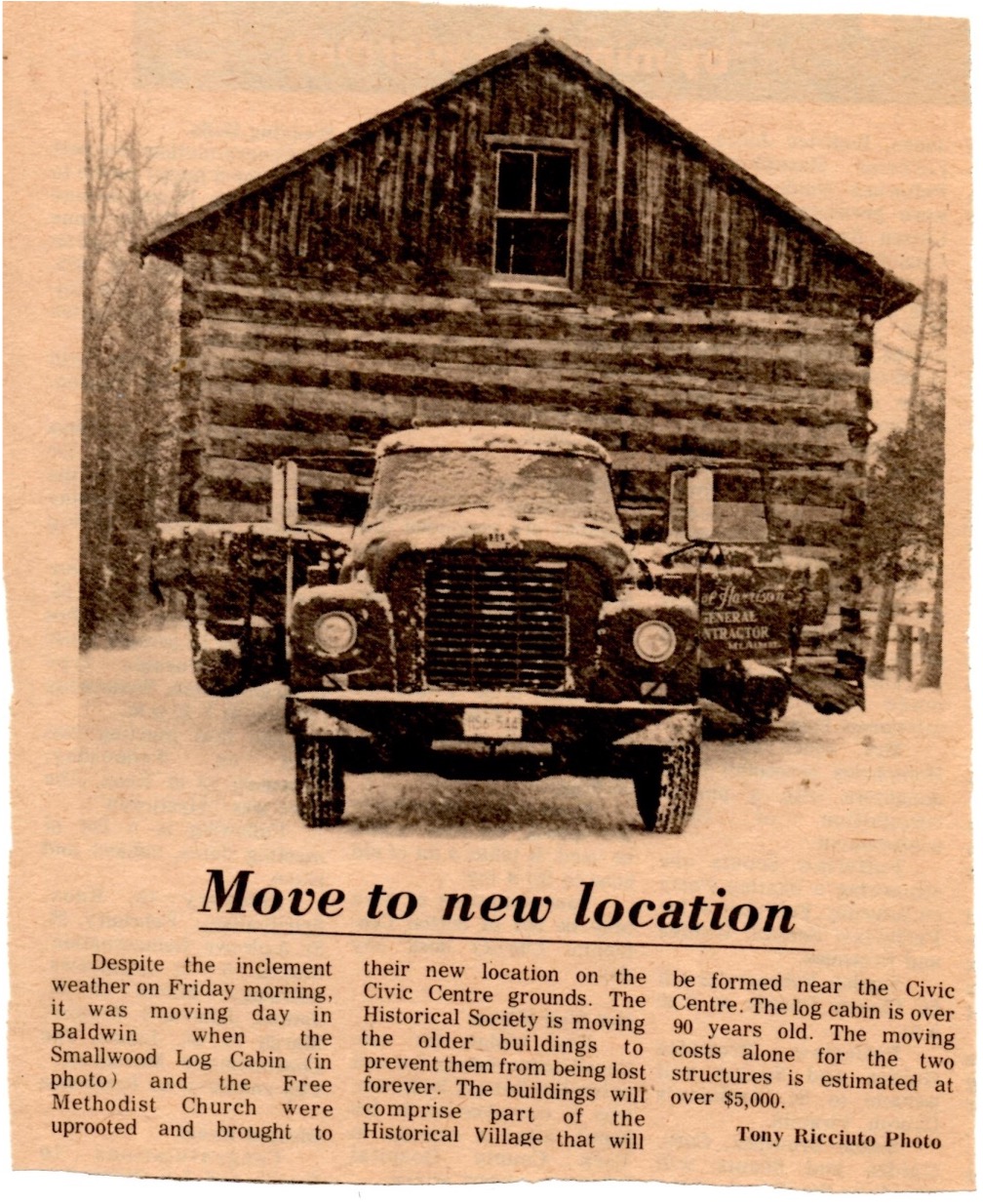
The Smallwood Cabin set into place
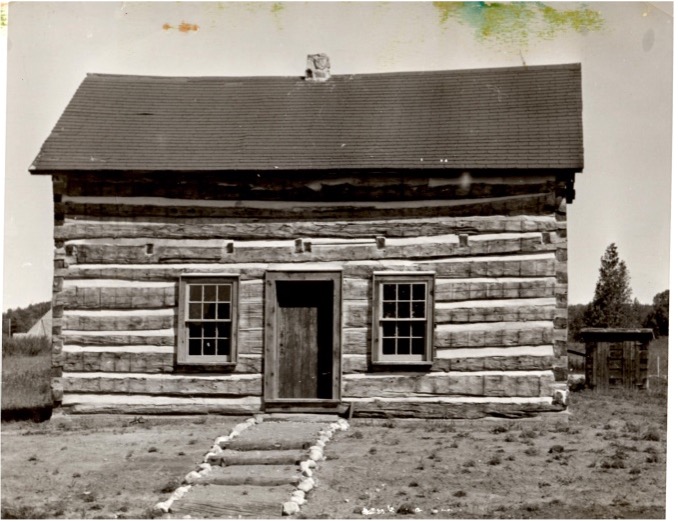
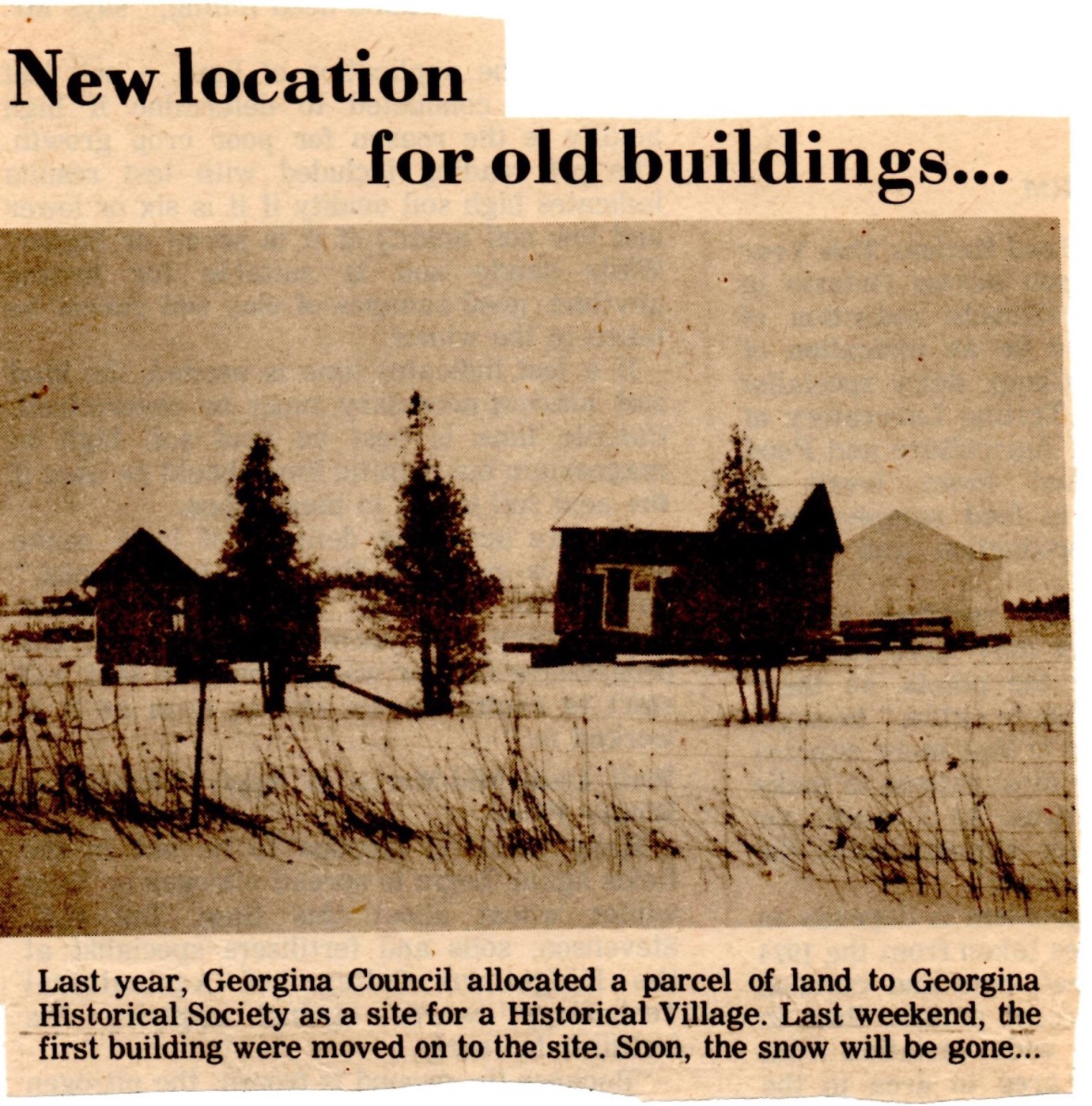
Above is another clipping showing the first three building of the Village shortly after being deposited on site.
The train station on the move from Sutton to the village in 1977.
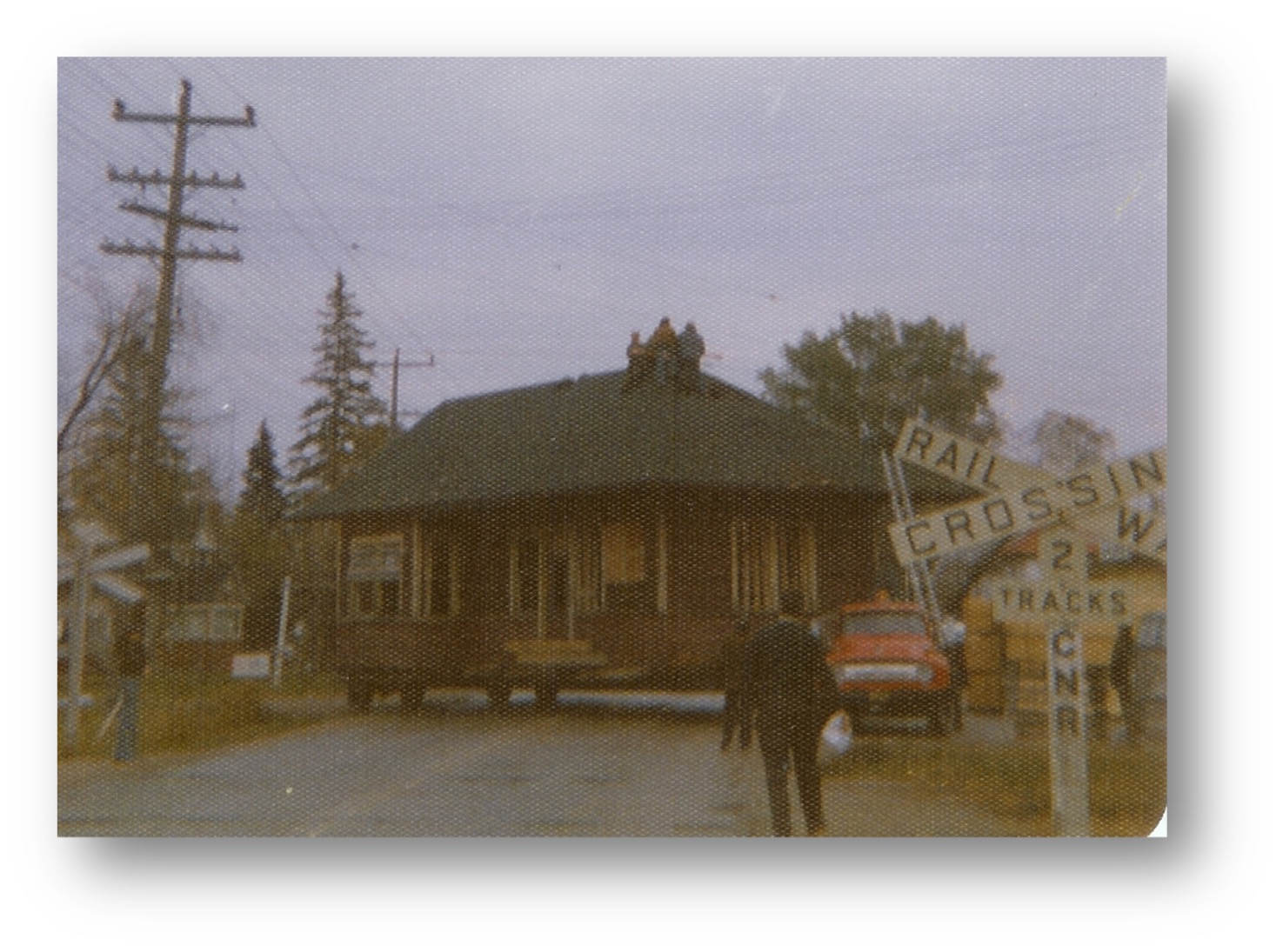
The Methodist Church shortly after delivery on site.
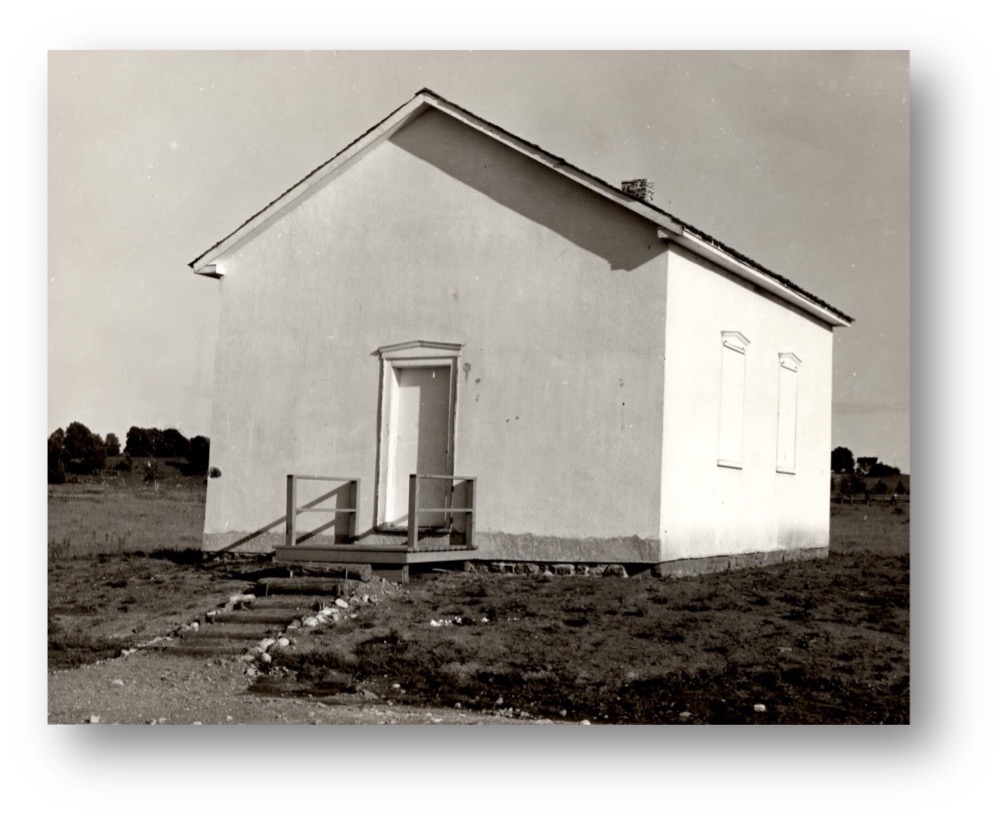
Nena Marsden, one of our founders and a major inspiration and force behind the development of the Village at 83 in 2009.
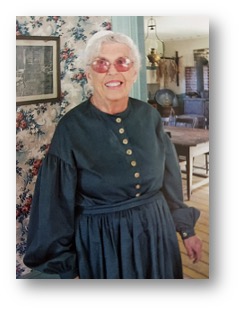
On Worker Bees, Potluck Dinners and Other Community Activities
The following passage has been excerpted from Chapter VIII of Early Life in Upper Canada by Edwin C. Guillet published in 1933 pp 273-274:-
PIONEER CO-OPERATION—“BEES”
“Many and sundry are the means which Philosophers and Physicians have prescribed to exhilarate a sorrowful heart, to divert those fixed and intent cares and meditations; but, in my judgment, none so present, none so powerful, none so apposite, as a cup of strong drink, mirth, musick and merry company”. ROBERT BURTON: The Anatomy of Melancholy. (1652.)
“After the specific duties of the bee were ended, the young men indulged in trials of strength, while their elders discussed the crops, prices, local politics and the prospects of the ensuing year. The elderly women extended the circulation of the personal gossip of the neighbourhood, while the younger ones, after disposing of the rude accompaniments of the feast, were ready for the dance, the round of country games and the repartee of flirtation.” ADAM SHORTT. 1
“ONE of the most notable characteristics of pioneer life in Canada was the spirit of co-operation. Remarkable generosity both in time and money is exemplified by the rebuilding of settlers’ homes when destroyed by fire, the loss usually being entirely made up by the voluntary work and subscription of neighbours. One example out of many that might be quoted is noted in the Cobourg Star of January 25, 1831, where a fire is described which destroyed the cedar log home of one of the citizens. The account continues: “The loss of Mr. Hart, including upwards of $60 in cash, must at least amount to £150. We cannot express in too strong language the praiseworthy liberality that has been evinced by the inhabitants of our village upon this occasion. A subscription already amounting to upwards of £70 has been raised, and we have no doubt the entire loss of Mr. Hart will be made up to him.” 2
“Such generosity is the more commendable when it is remembered that money was exceedingly scarce a century ago, and most people found it difficult to pay their taxes in cash, barter or long-term credit being usual in other business transactions. An example of praiseworthy co-operation is afforded by the action of the early settlers in a township where religious feeling ran high. The “Cavan Blazers’, ardent Orangemen of the northern part of Durham County, had many a “run-in”? with the Irish Roman Catholics of Peterborough County; but when the only Roman Catholic settler in Cavan took sick at harvest-time, the Blazers came secretly and prevented loss by harvesting his crop.
“In many another way was pioneer life made bearable through co-operation. Roads were built by the subscription and labour of those who lived in the district through which they were to pass; settlers took turns in getting mail and supplies for their neighbours; but the most notable means of aiding one another was the “bee”, or gathering of neighbours to help with farm work, a form of co-operation prevalent throughout the pioneer period and which still survives in barn-raisings and harvesting bees.
“All bees provided entertainment and social intercourse as well as hard work. On that account they were usually called “frolics” in New Brunswick and the United States. Besides large quantities of food and drink, it was customary to provide a dance or “hoe-down” as the main amusement, while those who chose not to dance engaged in sports, games, and conversation. In pioneer days almost every activity was the occasion of a bee. Mrs. Moodie observed – that “people in the woods have a craze for giving and going to bees, and run to them with as much eagerness as a peasant runs to a race-course or a fair; plenty of strong drink and excitement making the chief attraction of the bee”. 3
“When new settlers arrived in a district it was quite usual for those already located to help construct the first shanties for the newcomers. The next work was the clear-ing of a piece of land, an almost endless task if one worked alone. A good workman might clear an acre of land in a week, but he could not burn it all. A half dozen men | working together sometimes chopped and burned an acre in a day, but as a general rule a settler was fortunate if he could clear ten acres per year. There were various methods of clearing the land for cultivation: ‘slashing’ was the felling of the trees with the intention of leaving them where they fell, and burning them later when they were dry; “windrow felling’ was the same procedure except that the trees were so cut that they fell in rows; while “girdling” or “ringing” consisted of the clearing away of underbrush, and then cutting a ring in the bark of the larger trees and allowing them to stand until dead, a method which saved time but was not advantageous in producing good crops.”
- Adam Shortt: The Life of a Settler in Western Canada before the War of 1812. (Queen’s University Bulletins of History, Vol. Ts.)
- Cobourg Star, January 25, 1838.
- Susanna Moodie: Roughing It in the Bush. 1852. Edition of 1923, p. 305.
Mr. Guillet in Chapter VIII goes on to describe how bees were used by the pioneers to log and remove brush from their properties, build their homes and barns, remove stumps, make potash, build roads, bring in the harvest, and accomplish many other tasks that would not be completed in an efficient and timely manner by an individual or family working on their own. Women would hold bees for quilting, husking, pumpkin stringing and apple paring, house warming, and other non-working types of bees. These bees were not just for work alone. They were also social occasions that brought people together and often as not included dinners, dancing and sporting events as they drew to a conclusion. There were even “sparking” bees where young people could gather to get better acquainted: rural homesteads were often some distance apart making some social interactions less convenient.
Today
We too have our modern versions of “bees” such as bake sales, neighbourhood yard sales, celebrations like Harvestfest and Music In the Streets, pot-luck dinners and other events that result from participation by the community at large. Today it would be difficult to organize any such public events like those early bees on any public property with the intrusive nature and often lack of co-operation resulting from the over-regulation and a seeming need for control from local and provincial authorities. Many of these regulations are often the result of officials writing them up in isolation without consultation from the communities that they serve which are often the most affected. Very often the authors of these regulations don’t even live in the communities they serve and frequently lack understanding of local needs, traditions, and ideas. We need more local consultation and governments must work better together with their constituents instead of thinking they always know what’s best without our input. Together we should all decide what’s best for our community. Let’s bring back the idea of working more closely together and co-operating for the common good as the pioneers did with their bees.
Where in Georgina?
Our previous mystery location was identified correctly by our President Paul Brady. Thanks Paul! It’s finally solved…it was the Orchard Beach General Store! We have a new mystery location above that still remains unidentified …where is it, and what is it?
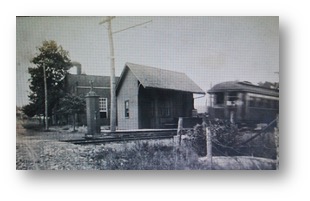
News
Nicole Hill has agreed to give our President, Paul Brady a tutorial on the WordPress program so that he can make changes and help to complete updates to our website. Paul’s son is conversant in this technology and has agreed to help his Dad with the learning curve.
Melissa Matt has advised that new gates will be installed at the main entrance to the Village and also at the entrance by the Radial Shelter buildings. The gates are to be constructed by local High School students. A new pedestrian gate will also be installed at the entrance point near our Quilter’s Cabin.
It is with great sadness that we announce the passing of Georgia (Georgie) Lyons, nee Johnston, of Sutton, on Thursday January 2, 2025, at the age of 95 years. Born and raised in Toronto, ‘Georgie’ met her future husband while visiting Sutton, moved here and became an active member of the community. She will be fondly remembered by her family and many friends. She was an active member of the Eastern Star as well as the Daughters of the Nile. She joined the Drum Corps and the Red Hat Society, and belonged to the Salvation Army Church. She was also a founding member of the Georgina Historical Society, attending the inaugural meeting. She was an honorary member and remained an active and supportive participant. Services were held at the Salvation Army Georgina Community Church in Jackson’s Point on Monday January 6, 2025. Memorial donations to the Salvation Army Georgina Community Church would be appreciated by the family.
Events
Tuesday, January 21st – General meeting, Bring and Bragg, Georgina Centre for Arts and Culture on High Street in Sutton. Meet and greet 6:30…meeting at 7:00.
Monday, February 3 – Board Meeting starting at 1PM to accommodate a discussion regarding the upcoming 50th anniversary of the Village. The meeting is being held in the schoolhouse at GPV.
Saturday, February 8 – from 12 to 2 pm the Georgina Centre for Arts and Culture presents Ted Barris, author of “The Battle of Britain: Canadian Airmen and their Finest Hour“, he will be doing a speaking engagement and book signing at the gallery, This is a fund-raising event, seating is limited, so contact the gallery to arrange a reserved seat. (see next page) . It is a by donation event, but you can hold a seat for a toonie if you send a note directly to charlotte@thegcac.ca. Seating is limited to 70.
Tuesday, February 18 – General Meeting at Georgina Centre for Arts and Culture on High Street in Sutton. Andrew Sibbald will be our speaker and promote his new book. 6:30 meet & greet, meeting will start at 7:00.
Battle of Britain: Canadian Airmen in Their Finest Hour – by Ted Barris
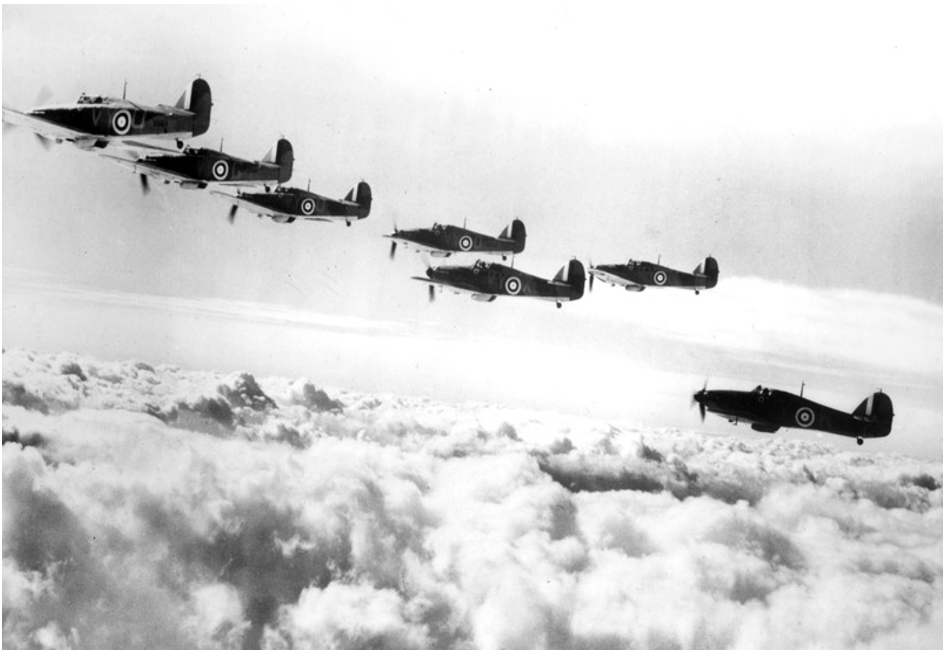
“Never in the field of human conflict…” are Churchill’s words that set the 113 days of the Battle of Britain in the summer of 1940 apart from all others, as the greatest aerial battle in history. As the German Luftwaffe sought to destroy the Royal Air Force, gain air superiority, and invade the British Isles, Commonwealth fighter pilots scrambled from U.K. airfields day after day and flew Hurricane and Spitfire fighter aircraft to thwart Hitler’s plan. They won, but paid dearly.
Hawker Hurricanes climb to meet Luftwaffe attack, 1940.
Among the 2,937 aircrew in this first test of Allied skill, resilience, and courage, over 100 pilots flew with the “Canada” patch on their shoulder, and another 200 erks (ground crew) kept their fighters in the air. And Churchill orated that never was “… so much owed by so many to so few.”
In his 22nd book of nonfiction, Battle of Britain: Canadian Airmen in Their Finest Hour, Ted Barris has assembled unknown stories of Canadian airmen, ground crew, as well as engineers, aeronautical designers, medical officers and civilians who answered the call and turned back the very real threat of Nazi invasion. You know the outcome of the Battle of Britain, but now you’ll meet the Canadians who helped secure victory in this WWII life-and-death struggle.
Pilots of RCAF No. 1 Fighter Squadron at RAF Northolt in 1940.
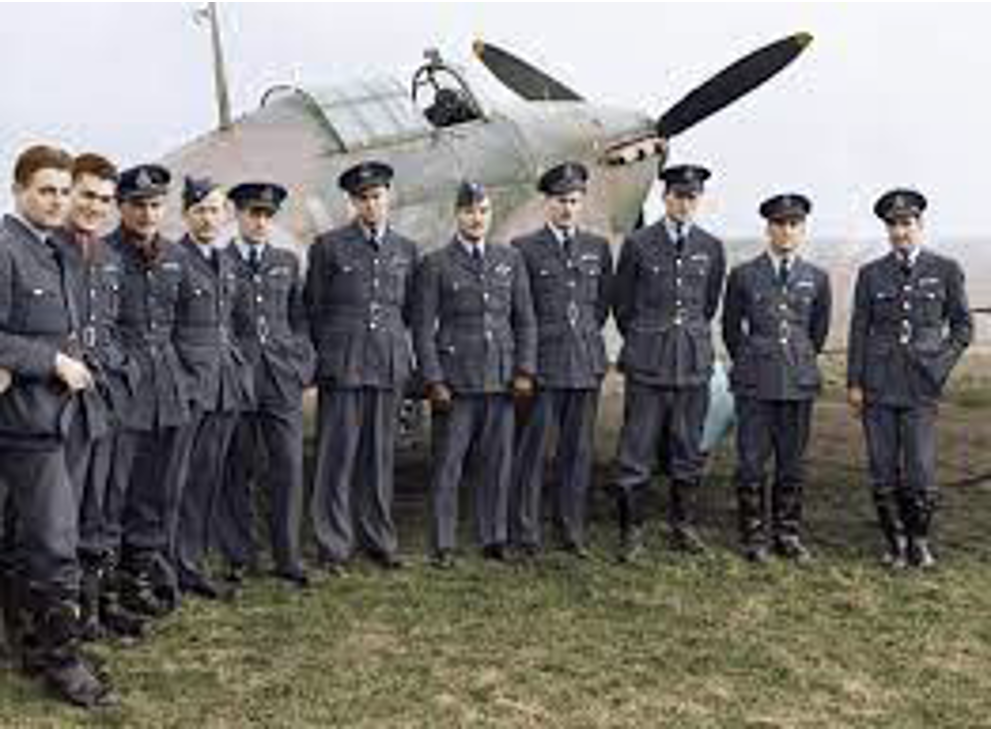
Ted Barris has now published 22 non-fiction books, mostly wartime histories. His book The Great Escape: A Canadian Story won the 2014 Libris Award as Best Non-Fiction Book in Canada. His book Dam Busters: Canadian Airmen and the Secret Raid Against Nazi Germany received the 2019 NORAD Trophy from the RCAF Association. And his book Rush to Danger: Medics in the Line of Fire was listed for the 2020 Charles Taylor Prize for Non-Fiction in Canada. His 20th book Battle of the Atlantic: Gauntlet to Victory enjoyed weeks on the bestseller lists. Meanwhile, in Oct. 2024, Ted was inducted in Ottawa as a Member of the Order of Canada.
